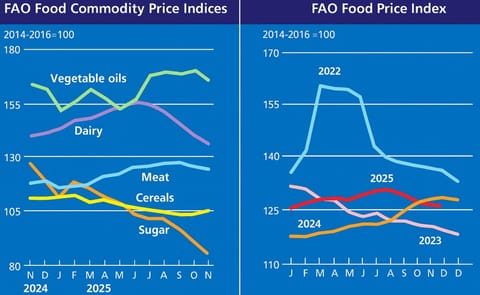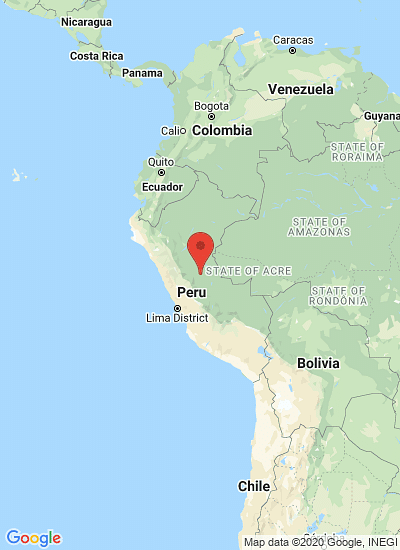Indigenous young people take part in the first Hornbill Festival organized by the Malaysian Nature Society (MNS) (Courtesy: Fazry Ismail/EPA-EFE)
Protecting Indigenous cultures is crucial for saving the world's biodiversity
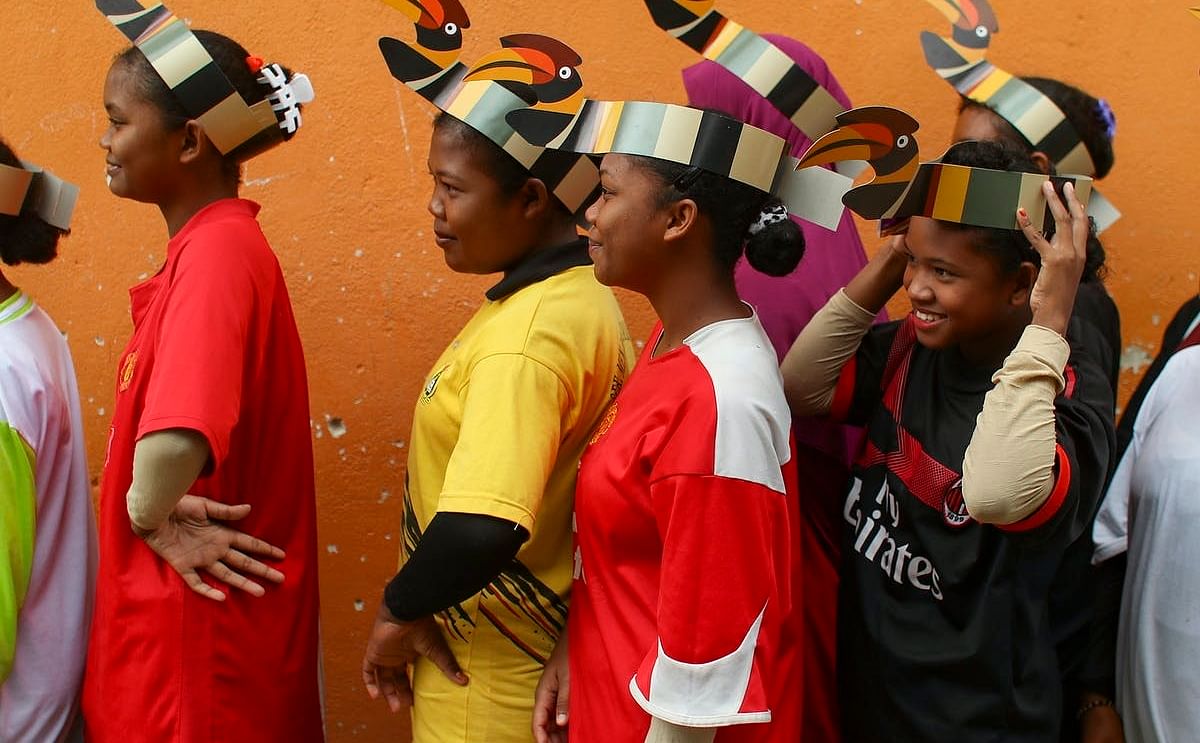
Species are being lost at about a thousand times the natural rate of extinction. This is faster than at any other period in human history. Ecosystems—the vital systems on which all life depends—are being degraded across the globe.
This crisis of biodiversity loss is finally getting some attention. But its connection to another loss—that of Indigenous cultures—is rarely mentioned. From animals to insects and plants, biodiversity loss cannot be effectively addressed without tackling the rapid disappearance of Indigenous cultures. The two are inextricably linked.
Indigenous peoples have conserved biodiversity for millennia. They have created much of the world's agricultural biodiversity, including thousands of crop varieties, livestock breeds and unique landscapes. These practices continue today in many of their territories, creating new varieties of crops and livestock that are often more resilient than modern equivalents.
So it is unsurprising that the rich diversity of nature is declining less rapidly on Indigenous peoples' lands than in other areas. This clearly shows that the world's 370 million to 500 million Indigenous people play a critical role in conserving biodiversity.
This is backed up by extensive research. According to several studies, traditional ecological knowledge is effective in conserving biodiversity and regulating sustainable resource use, including hunting, wild harvesting, fishing, farming and pastoralism, a form of animal husbandry. Living in harmony with nature is a fundamental part of Indigenous peoples' core values and beliefs.
Similar ecological values and worldviews can be seen across Indigenous cultures, from southern China to the Americas. Among Andean peoples, for example, the world is divided into three parts: the human and domesticated; the wild (species, ecosystems, water); and the sacred and ancestral. Rather than focusing on economic development, their goal is holistic wellbeing, which is achieved through balance between these three worlds.
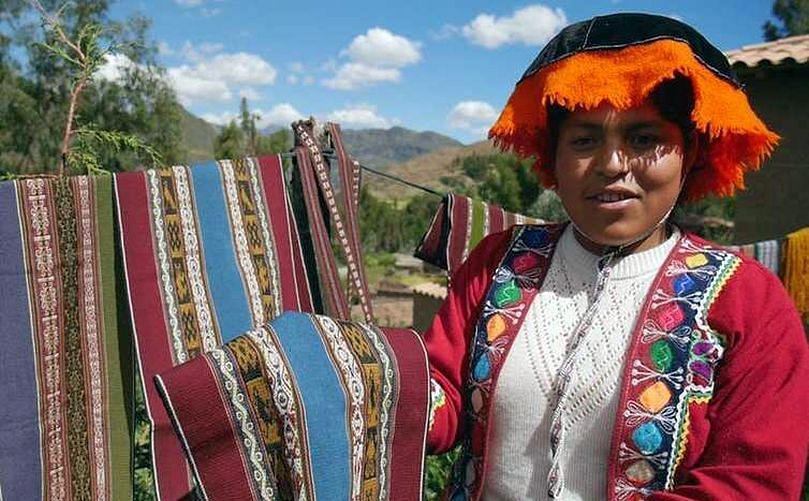
Potato Park, Peru. (Courtesy: Adam Kerby)
Yet across the world, Indigenous cultures and practices are being eroded by modernization, commercial development pressures, lack of secure rights to land and resources, migration and lack of cultural education.
As a result, many are struggling to save their unique cultures, knowledge systems and identities from extinction. This is despite growing recognition that they hold the key to solving many of today's environmental problems.
Up to 80% of biodiversity is located on Indigenous peoples' lands, while at least a quarter of all land is traditionally owned or managed by Indigenous peoples. Evidently, these cultures need to be protected.
This should be part and parcel of broader tactics to conserve biodiversity. New biodiversity targets, for example, must protect Indigenous cultures.
Yet the role of Indigenous peoples is poorly recognized in most biodiversity strategies and targets. Limited progress has been made on the Convention on Biological Diversity's Aichi Target 18 since it was agreed in 2010, calling for traditional knowledge and customary use to be fully integrated into the convention's implementation.
Alarmingly, none of the Aichi Biodiversity Targets for 2020 are likely to be fully met. Only a few will see significant progress, largely due to the continuation of economic policies that drive biodiversity loss.
Biocultural heritage territories
A change in perspective is needed. In 2005, IIED, the sustainable development research institute where I work, and its partners developed a definition of biocultural heritage in order to address this dual extinction crisis.
Our research with 11 Indigenous groups in Peru, Panama, Kenya, India and China has revealed multiple interlinkages and interdependence between Indigenous knowledge, biodiversity, landscapes, cultural and spiritual values and customary laws.
These form key components of biocultural heritage, along with Indigenous languages.
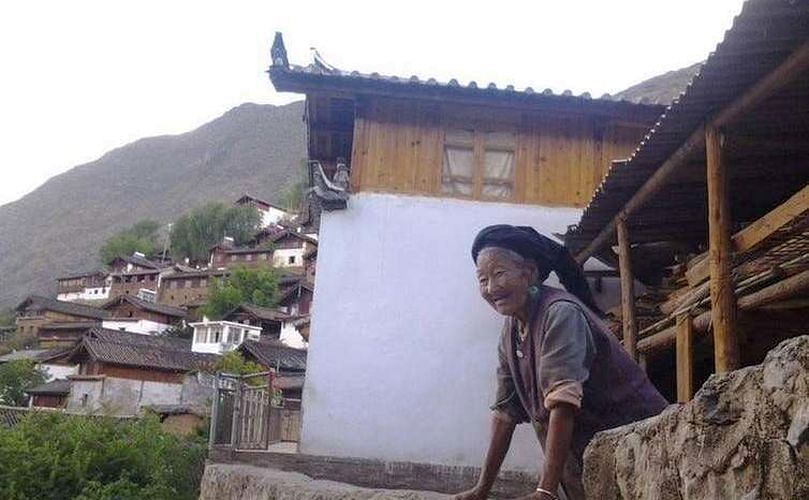
Naxi woman, Stone Village, Yunnan, China. (Courtesy: Yiching Song)
Consider the territory of Peru's Potato Park, which is governed collectively by an association of five Quechua communities. The park shows how the biocultural heritage approach can achieve multiple conservation and development goals.
The Potato Park has tripled potato diversity to about 650 native varieties, through the revival of Quechua culture and customary laws and a repatriation agreement with the International Potato Centre to restore native varieties.
It has also led to conservation of Andean wildlife, crop diversity and water across 9,000 hectares. Potato diversification and collaborative research with scientists have enhanced yields despite severe climate change impacts.
And landscape-based biocultural products and services, such as eco-tourism, a traditional restaurant, herbal teas, skin creams, potato shampoo and textiles, have doubled incomes.
Key to this success has been the highly participatory, Indigenous-led approach, supported by the NGO Asociaciόn ANDES. This approach has built strong community ownership and self-sustainability.
My Ph.D. explores whether and how the Potato Park model can be applied in different contexts. This research in northeast India, coastal Kenya and southwest China suggests that the model can be adapted to establish similar biocultural heritage territories in different socio-cultural, ecological and political contexts.
In China, the Naxi people in the Stone Village, Yunnan have started to revive their unique crop diversity, culture and ancient terraced farming landscape, with support from the Centre for Chinese Agricultural Policy and the National Farmer Seed Network in China.
The process will require the restoration of traditional beliefs, close collaboration with the local government and creativity to support the emergence of collective management in a centralized political system.
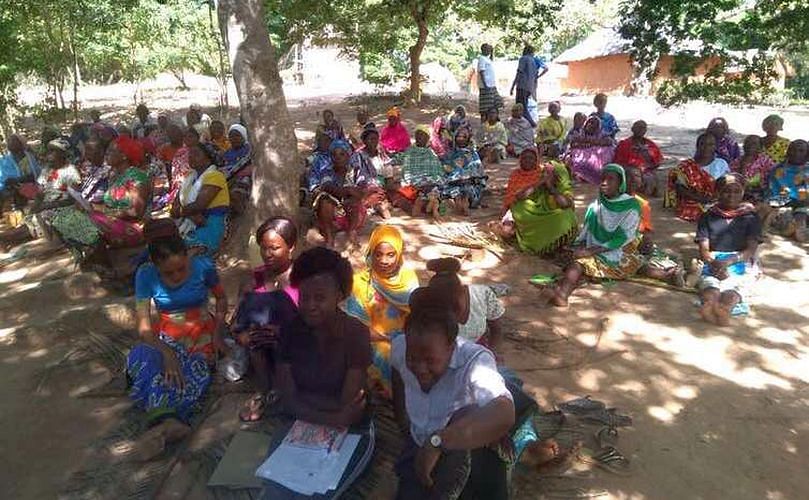
Mijikenda Cultural Village meeting, Rabai, coastal Kenya. (Courtesy: Krystyna Swiderska)
The way forward
What all this shows is that efforts to save the rich variety of nature cannot be achieved without working to save Indigenous cultures. Governments must legally recognize and protect Indigenous peoples' rights to territories, natural resources, traditional knowledge and self-determination. And Indigenous peoples must be fully and effectively involved at every level in efforts to save biodiversity.
This will be particularly important this year when the new global biodiversity targets are negotiated. Not only is this key to humankind living in harmony with nature. It is also vital for enhancing support for poor and marginalized Indigenous peoples in order to achieve the UN 2030 Sustainable Development Goals.
Measures to protect both biodiversity and Indigenous cultures must be included across all of the sectors that are driving their loss, including agriculture, mining and forestry, if the diversity of life is to survive.



